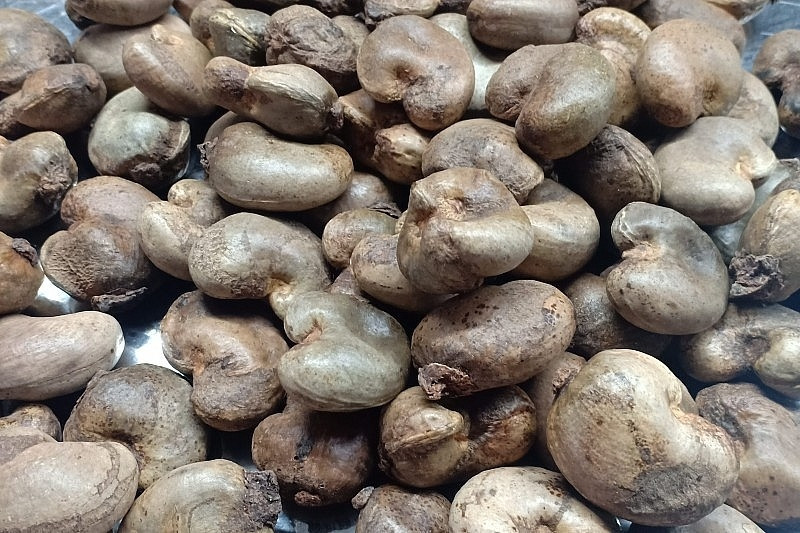
Vietnam’s cashew industry posted impressive export results in the first half of 2025, reinforcing the country’s position as the world’s top cashew exporter.
According to data from the General Department of Customs, Vietnam exported 67,930 tons of cashews in June 2025, worth nearly $463.6 million. This represents a 5.9% increase in volume and a 21.7% increase in value compared to June 2024. It marked the third consecutive month of year-on-year export growth for this commodity.
In total, Vietnam exported 344,000 tons of cashews in the first six months of the year, generating $2.34 billion. While this is a 3.3% drop in volume, export value surged by 19.8% year-on-year.
The growth is primarily driven by rising export prices. In June, the average export price of Vietnamese cashews reached $6,825 per ton, a 14.9% year-on-year increase. For the entire first half of 2025, the average price stood at $6,812 per ton, up 23.9% from the same period in 2024.
Statistics also show that China, the US, the Netherlands, Germany, and the United Arab Emirates were Vietnam’s top five cashew markets in June 2025. While exports to the US and Germany declined, shipments to other major markets increased.
Cashew exports to China remained robust in June, reaching 17,440 tons and earning $111.35 million. Compared to the same month last year, this reflects a 46.6% increase in volume and a 62.6% rise in value. China accounted for 25.68% of Vietnam’s total monthly cashew exports.
For the first half of 2025, Vietnam exported 83,120 tons of cashews to China, worth nearly $526 million. That’s an increase of 26% in volume and 45% in value compared to the same period last year.
Meanwhile, cashew exports to the US in June reached 10,320 tons, worth $68.56 million. Over the six-month period, Vietnam exported 70,070 tons to the US, earning $475.5 million. This marks a sharp 25.2% decline in volume and a 6.2% drop in value from the first half of 2024.
This is the first time in years that China has overtaken the US to become Vietnam’s largest cashew buyer.
In terms of market share, the proportion of cashew exports to China rose from 18.51% in H1 2024 to 24.12% in H1 2025. Conversely, the US market share dropped from 26.27% to 20.33%.
According to the Import-Export Department under the Ministry of Industry and Trade, Vietnamese businesses should maximize opportunities in China and other Asian markets while regaining ground in the US through improved quality, competitive pricing, and stronger brand communication.
The US is showing a growing demand for processed cashew products, reflecting consumer preference for convenient, high-quality food. At the same time, the country is diversifying its supply sources and gradually reducing dependence on Asian markets.
In parallel, Vietnamese cashew exporters must enhance quality control and traceability to meet the stringent standards of markets like Japan and the EU.
To meet its 2025 export target of $4.5 billion, the Ministry of Agriculture and Environment notes that the EU remains a strong growth market, currently ranking as Vietnam’s third-largest cashew export destination after China and the US.
European consumers are increasingly purchasing processed nut products. If Vietnam ensures food safety, origin traceability, and environmentally friendly production (particularly by avoiding deforestation), the cashew sector can grow its EU market share and offset the declining US demand.
Tam An